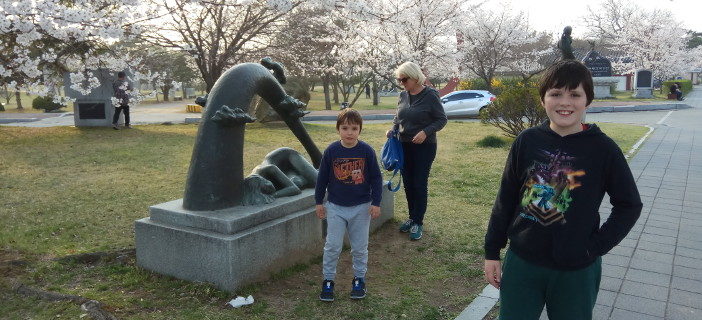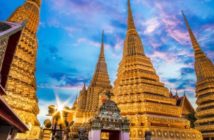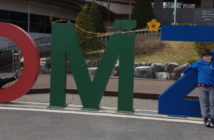(Andrew Killeen has been travelling in South Korea with his family. In this series of posts he shares tips and tales from their adventures.)
I had few preconceptions about South Korea before we visited there. Our trip to Japan was a frantic process of ticking off lifelong bucket list dreams: attending a sumo basho, viewing the cherry blossom, visiting a samurai castle… My awareness of Korea, on the other hand, consisted only of a few vague cliches: a war known only from reruns of M*A*S*H, gory revenge thrillers, sugar-sweet pop music, ferociously competitive footballers.
This meant though that our journey was more relaxed than our mad dash across Honshu. We landed at Incheon Airport and took a taxi, not for Seoul itself, but for the bus station in Incheon, which is technically a separate city but has been absorbed into the vast conurbation of the capital. Our route took us across the Incheon bridge, the world’s fifth longest at over 12 kilometers, and the silvery span disappearing into the sea mist made for an eerie start to our travels.
From the bus station we headed out to Buyeo, one of Korea’s oldest cities. Like China Korea had a “Three Kingdoms” period, and Sabi Fortress, as the town was known then, was the capital of Baekje, which dominated the south-west of the peninsula. There are many historical sites there, but our first impression was one of a peaceful, slow-paced town, where the air is clean and there’s space for kids to play. The contrast with Beijing was marked and refreshing, and my boys spent most of the first evening rolling down the hill by one of the temples.
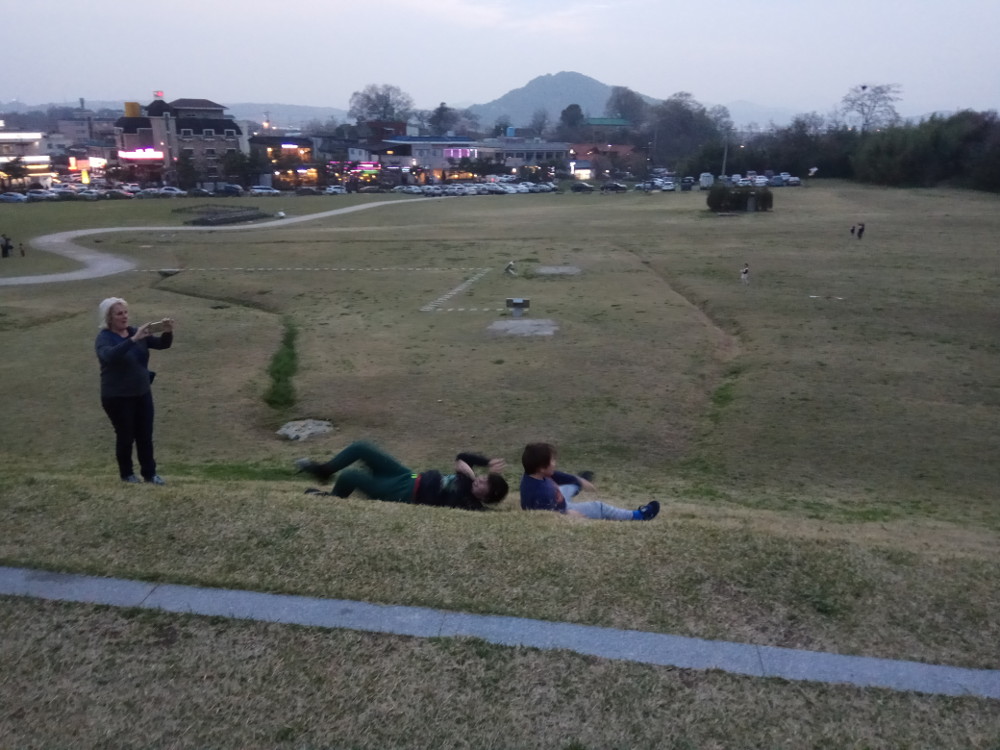
Baekje was conquered in the seventh century CE, so the remains of the fortress are either barely visible or reconstructed, but it’s a lovely place to walk on a bright spring day. The blossom was thick on the trees, and hummed with clouds of bees. The air of tranquillity lends an odd poignancy to sights such as the cliff where the women of the Baekje royal household jumped to their deaths rather than be captured by the Silla conquerors.
In the town, Jeongnimsaji Temple has a stone pagoda dating back to the Baekje period, and a Buddha so worn away by time as to be hardly recognizable.
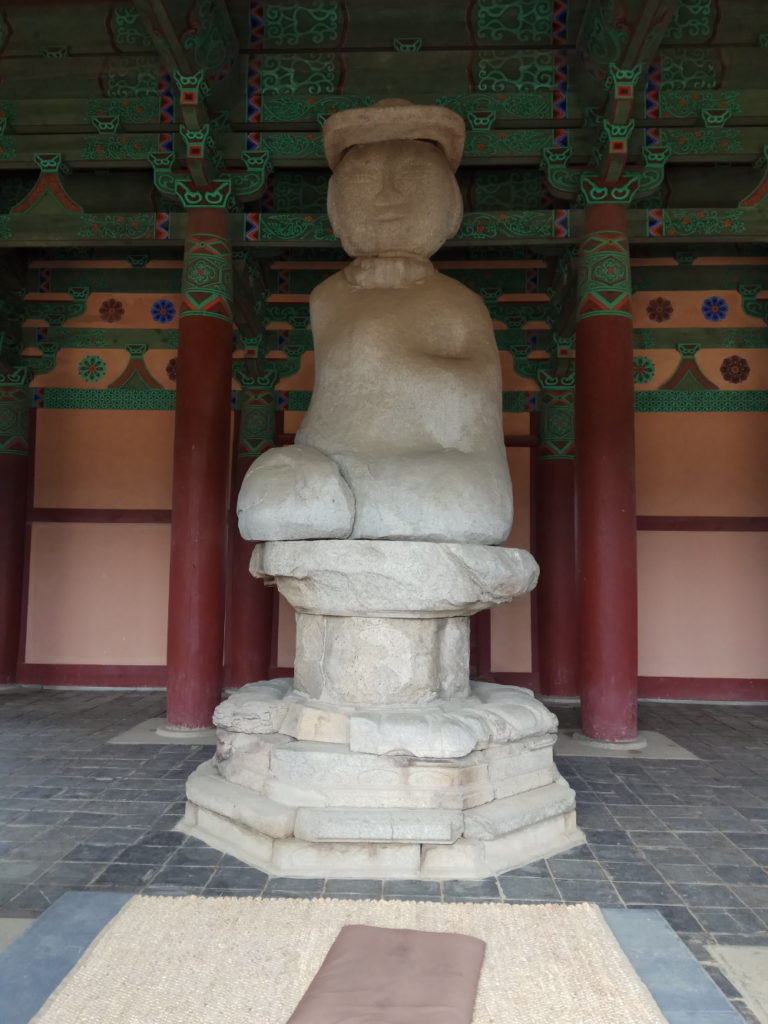
There’s an entertaining museum at the temple, with plenty of interactive exhibits, although Joseph, who just wanted to be outside in the sunshine, was less impressed:
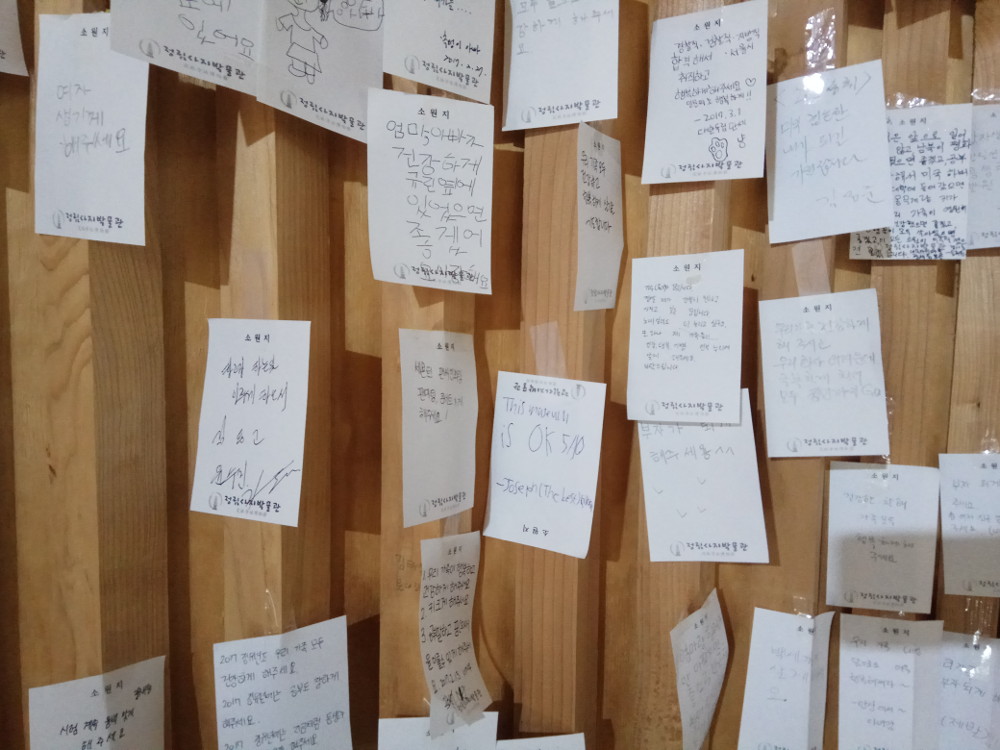
“This museum is OK 5/10”
Buyeo’s main museum is also a must-see. It’s spacious and well-laid out, and contains the town’s great treasure: a stunning gilt-bronze incense burner.
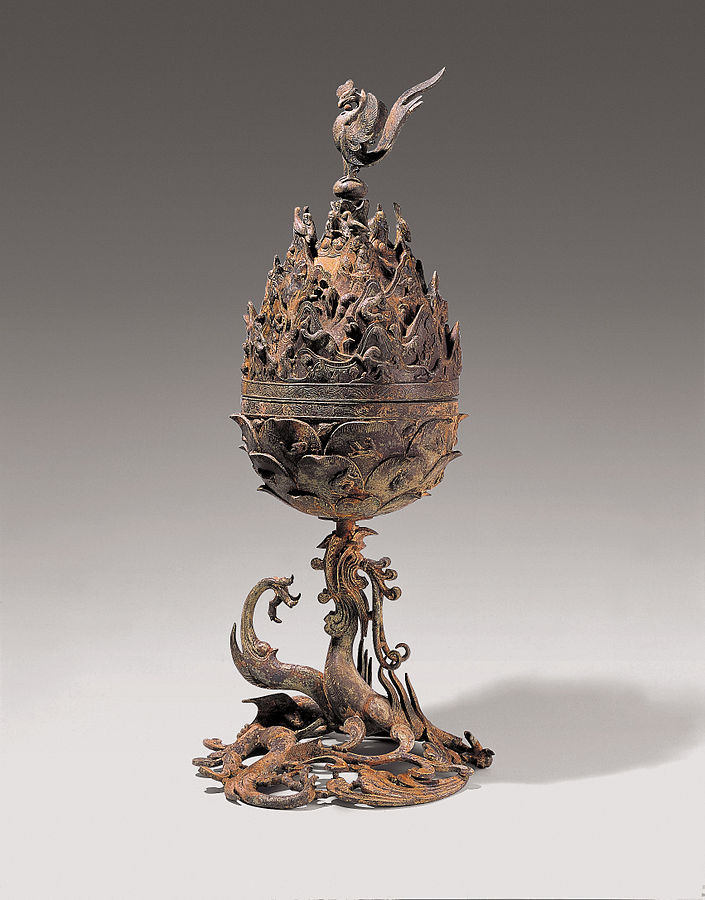
If you’re looking for shopping and a lively nightlife, then Buyeo isn’t for you. It’s a sleepy town with not much going on. However for chilling out and soaking up some history, it provided a relaxing start to our Korean adventure.
Photos: Andrew Killeen, National Museum of Korea, Seoul – 국립중앙박물관(National Museum of Korea), KOGL, https://commons.wikimedia.org/w/index.php?curid=43794165

